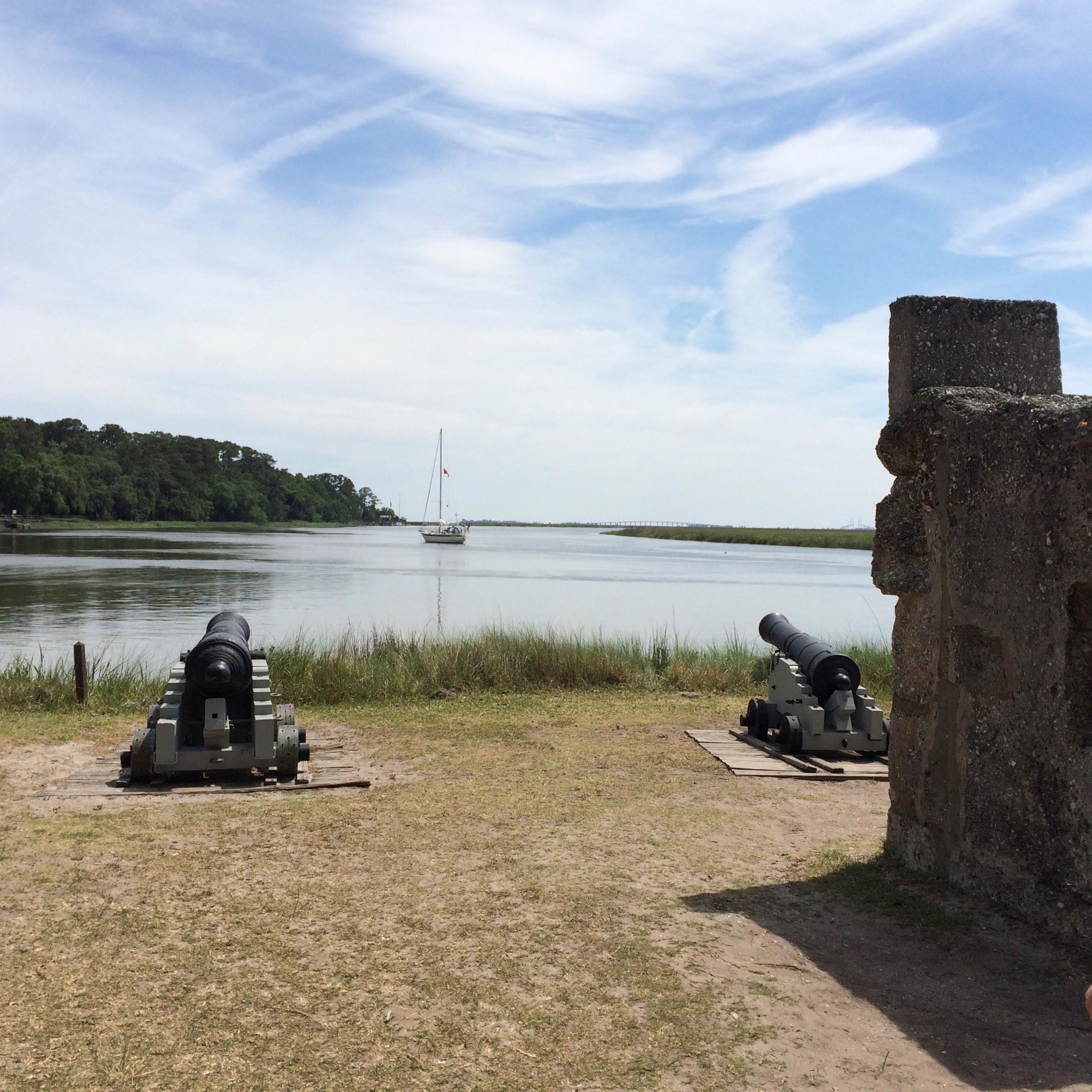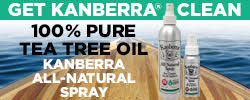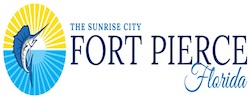Claiborne Young on Florida Anchoring Regulations and Anchoring Rights
A Salty Southeast Cruisers’ Net Editorial by Claiborne S. Young
Almost everywhere I go, one question keeps popping up time after time; some variation of, `Claiborne, where are all these Florida anchorage regulations coming from?’ Well, I am going to attempt to answer that question within this article/editorial, AND why I think most of these proposed prohibitions are unnecessary and probably harmful.
First, let’s dispose of two less than savory reasons why Floridian anchorage regulations have made an appearance, stretching all the way back to the early 1990’s.
1. Local and county governmental officials see anchorage regulations as a way to expand their department’s authority, or, in bureaucrat-ese, “expand their turf.”
2. There are a group of very wealthy Floridians, who, by virtue of their finances, have more than their fair share of political influence. And, they simply do not want to walk out in their backyards, and see anchored boats on the water. I once heard one property owner of this ilk testify that whenever he was on the water, he ALWAYS saw cruising craft dumping untreated sewage and trash overboard. Talk about a bald faced lie if I ever heard one!
Those favoring anchorage regulation for one of the above two reasons are beneath my contempt, and that of the entire cruising community. Haven’t we had enough of self-serving government officials and overreaching, wealthy property owners? Enough said!
Then, there are concerns about `noise pollution’ and trespassing. Who among us has not dropped the hook in some quiet corner of the world, only to have another vessel show up across the way, and proceed to play loud music into the small hours. Not a fun night.
I, myself, have watched, on rare occasions, as less than sanguine cruisers pull their dinghies onto someone’s back yard, and then gaily go off to the grocery store, as if it was their right to land the dink wherever they pleased. No wonder some waterside property owners have erected large `No Trespassing’ signs.
In populated regions, noise pollution and trespassing are real problems. However, I have a very simple solution for these two anchorage concerns.
There are already trespassing and `disturbing the peace’/noise pollution laws on the books of virtually every municipality and county in America. One local water cop enforcing these regulations should solve the problem nicely.
And, that brings us to the issue which I think is front and center in what I will term as the `honest’ attempts to regulate anchorage (as opposed to the `dishonest’ #1 and #2 reasons listed above). Can you guess what this issue might be?
I won’t keep you in suspense. Abandoned vessels and what I will term, live-aboard `hulks,’ are, without any question in my tiny mind, the #1 threat to anchoring rights throughout Florida for the rest of us. We’ve all seen vessels at anchor which have been sitting in the same spot for months on end, without anyone being aboard. And then, most of us have also gazed in wonder at `boats’ which look as if they are going to sink any moment, and then we see someone come on deck. Have you, like me, asked yourself, `Does someone actually live on that thing?’
Abandoned vessels and live-aboard hulks are safety and health risks, not to mention being more than a little bit unsightly. They often break free during bad weather, and impact other vessels or private property. And, as to the untreated waste being dumped overboard from the hulks, best not to think too closely on that topic.
Think this isn’t a serious issue? Consider the two e-mails below which I received shortly after publishing my last `Anchorage Rights/Regulations Analysis:’
Dear Claiborne,
Thanks for the update and more than that, the great service you provide boaters. On the subject of anchoring rights however, I feel you and others in the cruising community need to take a more balanced stand.
I live near Sarasota so see almost on a daily basis the derelict or near-derelict boats moored off the city waterfront. They are ugly, dangerous – occasionally coming adrift in bad weather – and in many cases unoccupied. For those that live aboard I suspect the concept of a pump out is totally alien. Then try anchoring overnight in the Boca Grande basin. My wife and I were there a couple of months ago and, contrary to your 2006 article it seemed virtually all occupied by “long term” cruisers ( I use the term charitably), many in dilapidated condition. Again, I wonder about frequency of pump out for some of these boats.
Most of us are responsible cruisers, for whom a limitation of several days, perhaps a week, in one location is not a large imposition. I feel we would be better served by meeting local communities half way and working towards a compromise that retains the ability of the cruising majority to cruise, while dealing with the minority that give all of us a bad name.
Peter Morris
Or, this one:
Hi Claiborne,
I am an advocate for anchoring rights. But I have to point out that many places in California have had severe restrictions on anchoring for some time. Long Beach Harbor used to allow overnight anchoring behind some oil platforms but that “right” was taken away a number of years ago. Marina Del Rey, Redando Beach, and San Pedro have no anchoring. Newport Beach has a small restricted area, but you are not allowed to leave the boat unattended. Dana Point also has this restriction. San Diego has restricted anchorages, and most require a permit to use. Even Catalina Island has defacto lack of anchorages, by the massive mooring fields and harbor masters who will not allow anchoring in many parts of the harbors–so that at the Isthmus and Avalon, you have to anchor in more than 100 feet, and often in areas of poor holding and subject to weather.
I did discuss the anchoring situation with our local marine resource officer in Pensacola, and there is no plan for restriction, as long as the vessel is outside of the navigable channel. I asked about the mooring field, and was told that the stipulations put on this were so great by the state that they would not be practical economically–I tend to agree. I do believe it is more for control, than to provide a service or help the mariner.
0 Facebook Likes, 1 Facebook Reactions





 A voice from the past, Claiborne Young, founder of Cruisers Net, posted this 2010 editorial regarding Florida anchoring regulations and thus joined the battle between state bureaucrats and cruisers over restrictions on anchoring rights. To read the entire posting and the resulting comments from fellow cruisers, see
A voice from the past, Claiborne Young, founder of Cruisers Net, posted this 2010 editorial regarding Florida anchoring regulations and thus joined the battle between state bureaucrats and cruisers over restrictions on anchoring rights. To read the entire posting and the resulting comments from fellow cruisers, see 










Be the first to comment!